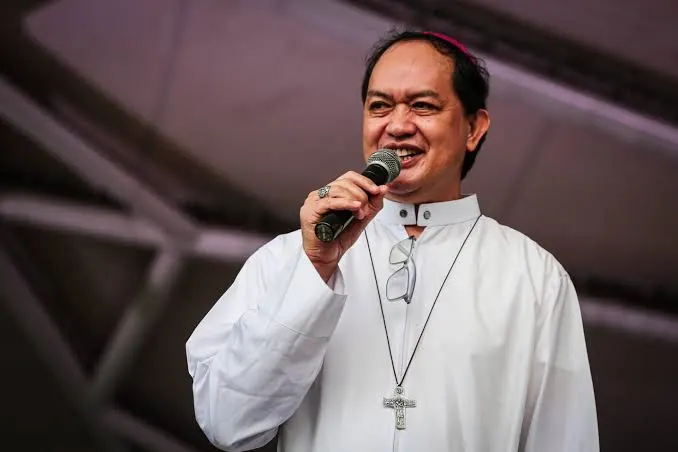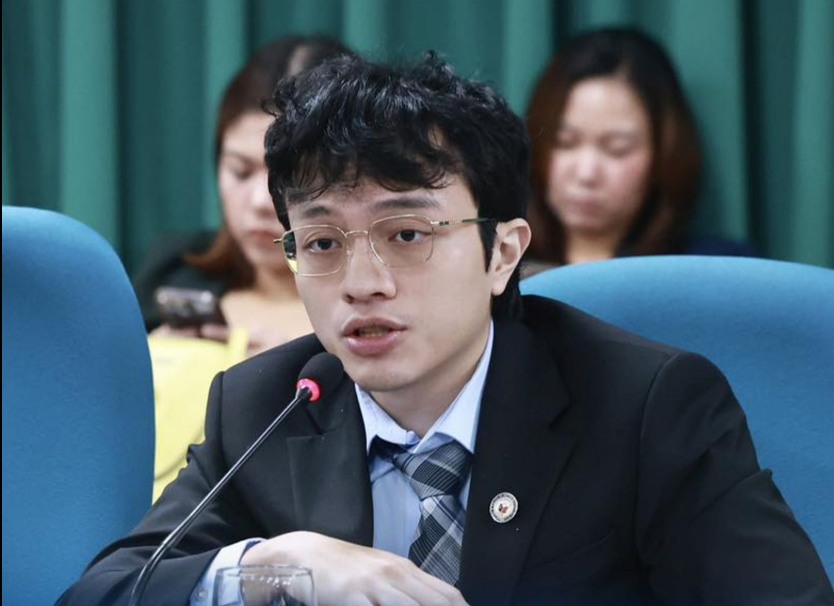Quietly and without the usual fanfare of press briefings, Malacañang issued Memorandum Circular No. 82 last week. In the backdrop of mounting geopolitical tensions, this policy adjustment carries huge implications for the nation’s foreign relations.
Issued by Executive Secretary Lucas Bersamin on April 15, 2025, the document was published in the Official Gazette without much public announcement. The circular introduces a subtle shift in the country’s foreign relations, balancing the Philippines’ adherence to the One China Policy with realistic considerations for economic and diplomatic realities.
The memorandum explicitly prohibits high-ranking officials such as the President, Vice President, Secretary of Foreign Affairs, and Secretary of National Defense from traveling to or engaging with representatives of Taiwan. However, the new guidelines allow other government officials to visit Taiwan to promote trade, investment, and economic cooperation. These visits must remain unofficial—officials are required to use ordinary passports, avoid bearing official titles, and undertake travel “with the understanding that such travel does not constitute official interaction with the Taiwan authorities.” All trips must be coordinated with the Manila Economic and Cultural Office (MECO) and reported to both MECO and the Department of Foreign Affairs (DFA).
This policy shift comes at a time of heightened tension in the region. The Philippines continues to grapple with its complex relationship with China. On one hand, China is a frequent source of contention over the West Philippine Sea (WPS), where disputes over territorial rights have led to confrontations and strained ties. On the other hand, China remains the Philippines’ largest trading partner. The Philippines imported goods worth $2.58 billion from China in February 2025 while exporting $647 million—a negative trade balance of $1.93 billion that underscores the deep economic ties despite ongoing political challenges.
Outside the Philippines, the situation in the Taiwan Strait is growing increasingly unstable. Analysts warn that China’s ambitions to reunify Taiwan with the mainland could materialize sooner than anticipated. While the 100th anniversary of the People’s Liberation Army in 2027 has often been cited as a potential flashpoint, recent military movements—including the deployment of new landing barges in the South China Sea—suggest that Beijing is actively preparing for earlier action.
For us, the stakes are particularly high given the presence of approximately 250,000 Overseas Filipino Workers (OFWs) in Taiwan. These workers contribute significantly to their families and the Philippine economy through remittances, but they could face grave danger in the event of conflict. The government must prioritize the safety and welfare of these workers by developing contingency plans for their evacuation.
MC No. 82 underscores the country’s’ commitment to the One China Policy, a cornerstone of its diplomatic relations with Beijing. By reaffirming this stance, the government sends a clear signal to China that it remains aligned with its policy commitments despite their differences. At the same time, the memorandum reflects a pragmatic approach, allowing for unofficial engagements with Taiwan to promote economic interests.
As the Philippines navigates these complexities, the government must also address the long-term implications of its policies. Balancing the interests of trade relations with China, territorial integrity in the WPS, and the pursuit of economic cooperation while ensuring the safety of the OFWs in Taiwan requires careful diplomacy and strategic foresight—especially in such a volatile region.




